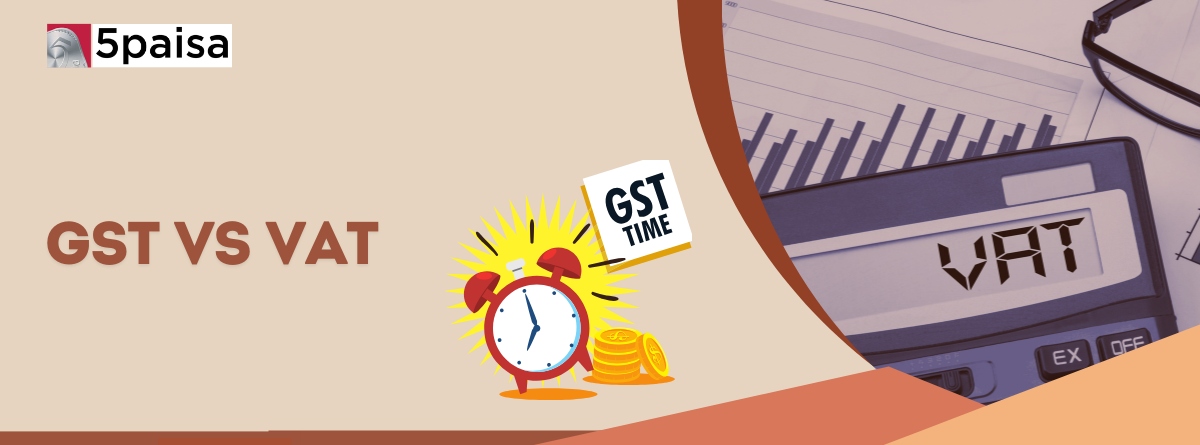Content
- Why GST Was Introduced in India
- What is a Value Added Tax (VAT)
- Differences Between GST and VAT
- Why India Replaced VAT with GST
- Example of GST vs VAT Calculation
- Calculations of GST and VAT
- Conclusion
The Indian government introduced the Goods and Services Tax (GST) to streamline taxes on goods and services, aiming for a progressive economy. GST consolidated various individual taxes previously borne by consumers into one uniform tax. It replaced taxes such as service tax and excise duty. Although GST overshadowed many taxes, certain taxes like VAT on goods still persist. Understanding the distinction between VAT and GST is crucial for consumers to recognize the indirect taxes they may incur.
More Articles to Explore
- Difference between NSDL and CDSL
- Lowest brokerage charges in India for online trading
- How to find your demat account number using PAN card
- What are bonus shares and how do they work?
- How to transfer shares from one demat account to another?
- What is BO ID?
- Open demat account without a PAN card - a complete guide
- What are DP charges?
- What is DP ID in a demat account
- How to transfer money from demat account to bank account
Disclaimer: Investment in securities market are subject to market risks, read all the related documents carefully before investing. For detailed disclaimer please Click here.
Frequently Asked Questions
Value-Added Tax (VAT) is a tax imposed on the sale of goods and services to consumers. It plays a crucial role in a country's Gross Domestic Product


